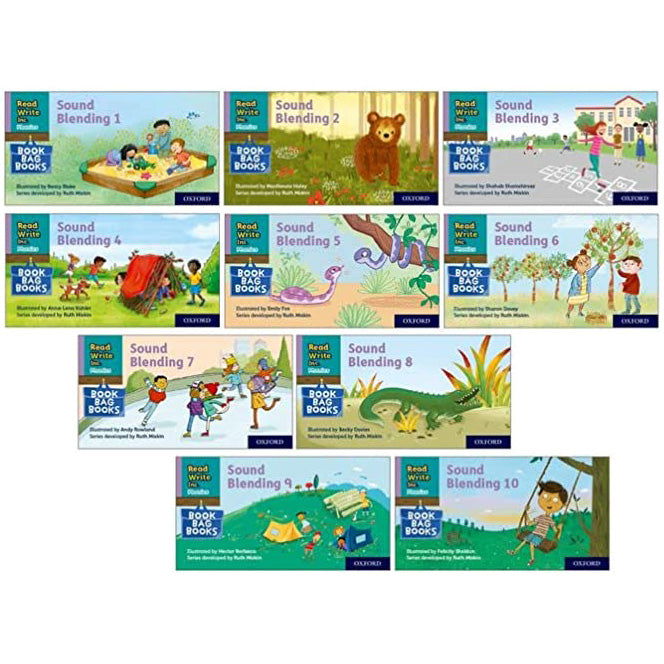Reading and Phonics
At Chesterfield we love to read!
The teaching of Reading, both the technical aspects of decoding language and the opportunity for children to develop a love of reading, is one of the most important aspects of school life at Chesterfield. We are determined that every pupil will learn to read, regardless of their background, needs or abilities and that all of our children, including our weakest readers, make sufficient progress to meet or exceed age-related expectations. We believe our approach to reading is progressive and ensures children leave us with the skills they need to enjoy a range of texts and genres and prepare them for future life experiences.
Early Reading
As a school we follow the Read, Write, Inc. scheme for phonics, which enables us to have clear expectations of children’ phonics progress term-by-term. Each session includes a differentiated speed sound lesson followed by story time books and activities linked to the level of the children. As part of our phonic scheme, children are grouped depending on their phonic stage and not their age. This helps us to pinpoint exactly what children need to do next in their learning.
For children who have fallen behind, we take the approach of keep up, not catch up. This involves experienced 1:1 teachers, working with children to get them to where they need to be and on the journey to becoming confident, fluent readers. Children also access a whole class, speed sound lesson in the afternoons, to reinforce and expose new sounds to all. These learnt sounds are then reinforced and matched in our children's phonic homework and reading books we assign online or send home.
As a school, we aim to ensure each classroom exposes children to vocabulary-rich classrooms. This includes high-quality texts during carpet teaching and daily story times to develop our children's love of reading. Children also have access to phonic and reading games and resources, which they can access independently in the indoor and outdoor learning environments. To promote a love of reading, we have also developed exciting and engaging reading areas around our school inspired by our children's interests , with a wide range of texts ranging from magazines, stories, poems, nonfiction texts to story maps our children can enjoy together.
In order to achieve high quality teaching in reading, our reading leaders work with staff on a daily basis to improve and secure their practice. This ranges from 1:1 coaching to weekly insets focusing on key areas of reading. Doing this enables us to make sure all children are getting what they need and all staff are aware of our high reading expectations.
Our RWInc. journey begins in Nursery where children are taught well-structured and sequenced phonics sessions to enable them to decode effectively. Our Reception and Year 1 team work closely the RWInc. programme has a smooth transition from the Autumn Term.
In Year 2, children continue with RWInc. and build on their knowledge of phonics. Once children are fluent readers, they will transaction to the RWInc. Comprehension programme. This programme uses the key strategies from RWInc. Phonics to maintain momentum and support the development of reading fluency and comprehension.
In Year 3, children who are not at age-related are supported by the RWInc. Comprehension programme. In Year 4 -6, children who are not yet at age-related expectations will work through the Freshstart Programme, which will enable them to reach a reading age of at least Year 4 by the end of the programme.


Key Stage 2 Reading
Once children in KS2 are confident and fluent readers, they are taught reading comprehension through our MIDAS (Making Inference the Difference at Schools) strategies. Reading is taught every day and focuses on using active reading strategies like predicting, asking questions, retrieving information, and summarising. We use a range of materials to support these sessions, including Reading Detectives, high-quality texts and MIDAS resources.
Reading for Pleasure
We provide opportunities during our main literacy lessons for children to access a whole text to stimulate and support a love of literature. It is important that children are provided with opportunities to become engaged in a whole text to support their understanding of comprehension and promote fluency across all abilities.
In addition, we have daily slots in the timetable which enable teachers read to their classes, sharing good quality literature with them. This helps our children to develop their vocabulary as well as introduce them to unfamiliar ideas and concepts. It also gives children the opportunity to tackle longer or more challenging texts than they would be able to alone. This is an enjoyable time of the day as it is a chance to share a story as a class and to listen for pure enjoyment.
Reading at Home
To support home learning and encourage reading at home, children have access to an online portal – Reading Eggs. Teachers set books for children to read at home based on their age-appropriate level. RWInc books are sent home in book bags.



